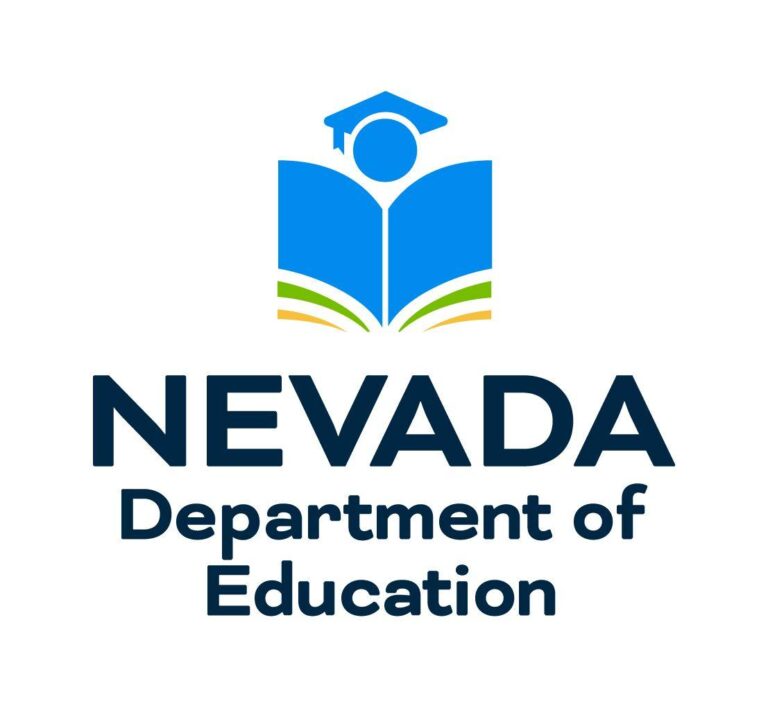Reimagining Education Governance: What Nevada Faces if the Federal Department of Education Is Dissolved
The national conversation surrounding the potential dismantling of the U.S. Department of Education has gained momentum, prompting urgent reflections on how such a shift would affect individual states.Nevada, with its unique socio-economic landscape and rapidly evolving educational needs, stands at a crossroads. The prospect of eliminating the federal education agency has ignited robust debates among policymakers, educators, and families about the future of public schooling, funding mechanisms, and student achievement within the state. This article delves into the multifaceted consequences that Nevada might encounter, providing a comprehensive analysis of the challenges and opportunities ahead.
Repercussions for NevadaŌĆÖs Public School Financing and Educational Resources
Should the federal Department of Education be abolished, NevadaŌĆÖs public school system would face immediate financial uncertainties. Presently, the federal government contributes hundreds of millions annually through grants and targeted programs aimed at supporting marginalized groups, special education, and technological advancements in classrooms. For example, in the 2023 fiscal year, federal grants accounted for approximately $460 million directed toward Title I and special education initiatives in Nevada.
Without this federal infusion, the state would be compelled to redistribute funds internally, a process fraught with the risk of uneven allocation between urban centers like Las Vegas and rural communities in northern Nevada. Experts caution that such disparities could widen existing achievement gaps, especially affecting students from low-income families and those learning English as a second language.
Additionally,NevadaŌĆÖs Department of Education would inherit expanded responsibilities,including regulatory oversight,program execution,and comprehensive data management. Given current budgetary constraints,fulfilling these roles effectively could prove challenging,perhaps disrupting critical programs that enhance teaching quality and student success. Areas most vulnerable to funding reductions include:
- Special education initiatives reliant on federal support
- School meal and health services essential for student well-being
- Professional development for educators necessary to maintain instructional excellence
| Funding Source | Estimated Annual Contribution to Nevada | Primary Programs Supported |
|---|---|---|
| Federal Grants | $460 million | Title I & Special Education |
| State Education Budget | $3.6 billion | Operational Costs & Staffing |
| Local and Private Funding | $1.3 billion | Supplemental Educational Resources |
Shifting Educational Standards and Accountability: NevadaŌĆÖs New Autonomy
Eliminating federal oversight would grant Nevada increased latitude in defining and enforcing educational standards. This autonomy could empower state officials to craft curricula that resonate more closely with NevadaŌĆÖs cultural values and economic priorities, potentially fostering innovative teaching approaches tailored to local needs. For instance,districts might integrate more vocational training aligned with NevadaŌĆÖs growing tech and renewable energy sectors.
However, this adaptability comes with challenges. Without a unified federal framework, maintaining consistent academic benchmarks across all districts could become difficult, potentially affecting studentsŌĆÖ preparedness for higher education and the workforce on a national scale.
Accountability systems would likely transition to state control, prompting a reevaluation of assessment methods. Nevada might explore alternative metrics such as:
- Reducing reliance on standardized testing or replacing it with competency-based evaluations
- Emphasizing student growth and progress over absolute proficiency scores
- Incorporating community feedback and local stakeholder perspectives into school performance reviews
While these changes could foster a more community-centered approach, they may also complicate statewide comparisons and clarity. The table below contrasts the current federal framework with a potential state-led model:
| Component | Current Federal Model | Possible Nevada State Model |
|---|---|---|
| Curriculum Development | Aligned with Common Core and federal standards | Customized to reflect NevadaŌĆÖs local priorities and workforce needs |
| Accountability Measures | Standardized testing and federal reporting mandates | Alternative assessments with community involvement |
| Funding Compliance | Federal regulations tied to grant eligibility | State-determined criteria for resource distribution |
Teacher Support and Professional Growth: Navigating New Challenges
The potential removal of the federal Department of Education would considerably disrupt the support systems that NevadaŌĆÖs educators currently rely on.Centralized programs that provide mentorship, ongoing training, and access to cutting-edge teaching tools could fragment, leading to inconsistencies in professional development opportunities across the state.
- Disrupted coordination of training schedules may widen the gap between rural and urban schools.
- Uncertain funding streams could reduce the scope and quality of teacher development programs.
- Fragmented communication channels might hinder the spread of innovative instructional strategies.
| Professional Development Focus | Potential Impact of Federal Abolishment | Risk Severity |
|---|---|---|
| Curriculum Updates | Implementation delays | High |
| Mentorship Programs | Reduced availability | Medium |
| Technology Training | Uneven access | High |
| Certification Assistance | More complex processes | Medium |
Without a unified authority to oversee and standardize professional development, NevadaŌĆÖs educators may experience fragmented growth opportunities, particularly in underserved regions. This could hinder their ability to meet evolving educational demands, ultimately affecting student achievement statewide.
Strategic Recommendations for NevadaŌĆÖs Education Leaders Amid Federal Changes
Considering possible federal restructuring, NevadaŌĆÖs education policymakers must adopt proactive measures to protect and advance the stateŌĆÖs educational goals. A critical step involves boosting state funding for K-12 and higher education by at least 10% to compensate for any federal shortfalls.Strengthening collaborations between public schools and community colleges can also help address workforce skill gaps, particularly in sectors like healthcare and technology that are vital to NevadaŌĆÖs economy.
Empowering local districts with flexible curriculum frameworks will enable schools to better serve their diverse student populations. Moreover, establishing a statewide task force dedicated to monitoring education policy shifts can enhance transparency, promote data-driven decisions, and ensure meaningful engagement with educators, parents, and community stakeholders.
| Priority Area | Recommended Strategy |
|---|---|
| Financial Stability | Increase state education budget by 10% |
| Workforce Development | Expand apprenticeship programs and vocational training |
| Local Autonomy | Grant districts flexible curriculum design authority |
| Community Engagement | Host annual forums with educators, parents, and stakeholders |
Conclusion: Navigating Uncertainty with Vision and Collaboration
As Nevada contemplates the ramifications of a potential federal Department of Education dissolution, the stateŌĆÖs educational future hangs in the balance. Advocates for increased local control emphasize the benefits of tailored policies and reduced federal bureaucracy, while opponents highlight the risks of funding instability and growing inequities. This debate reflects a broader national discourse on the role of federal agencies in education governance. Moving forward, NevadaŌĆÖs leaders, educators, and communities must work collaboratively to craft resilient strategies that ensure equitable, high-quality education for all students, regardless of the federal landscape.




